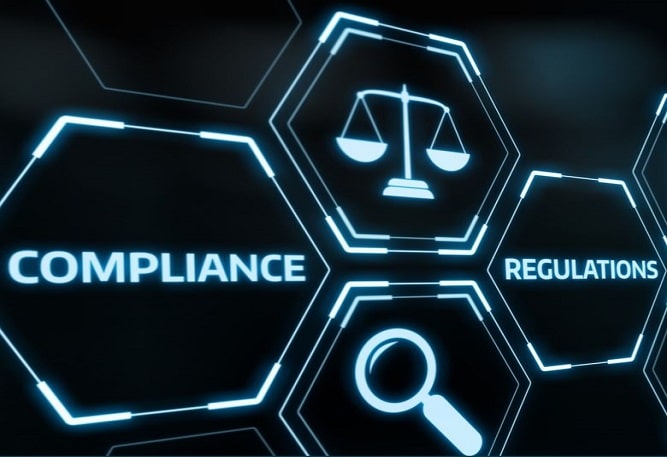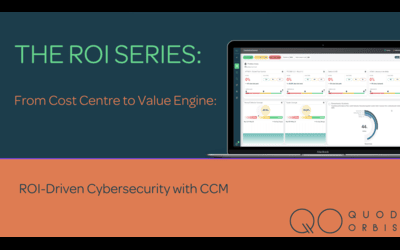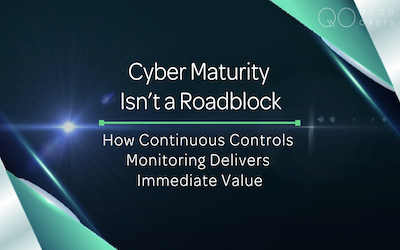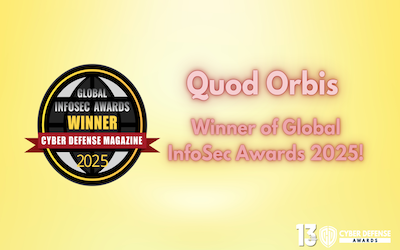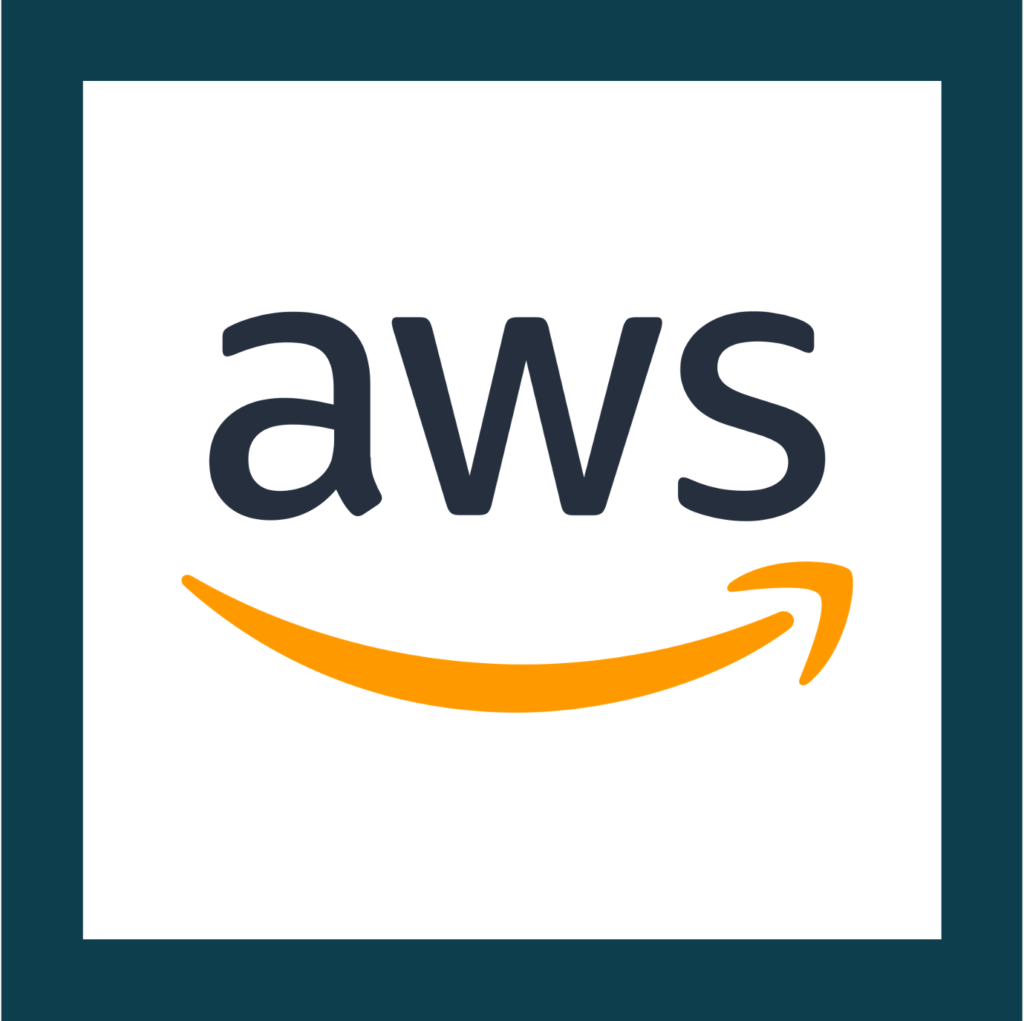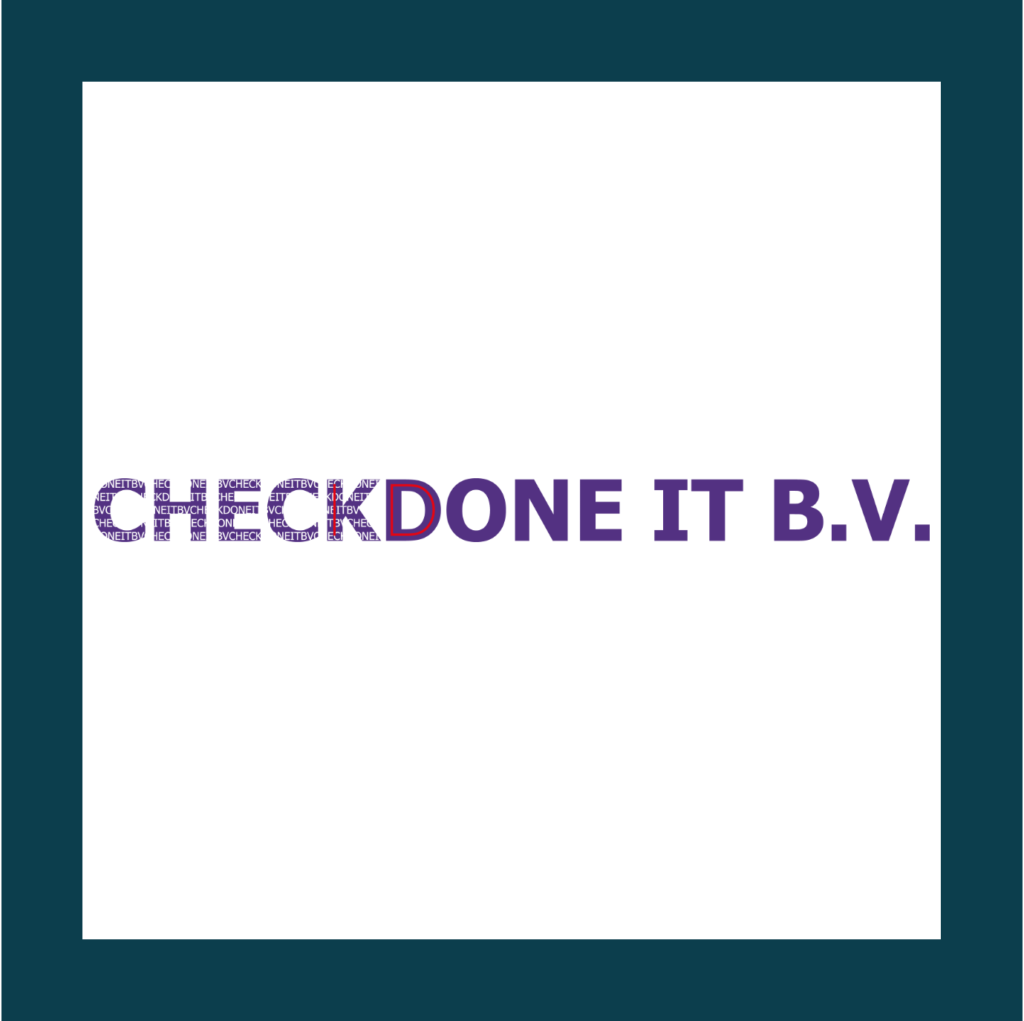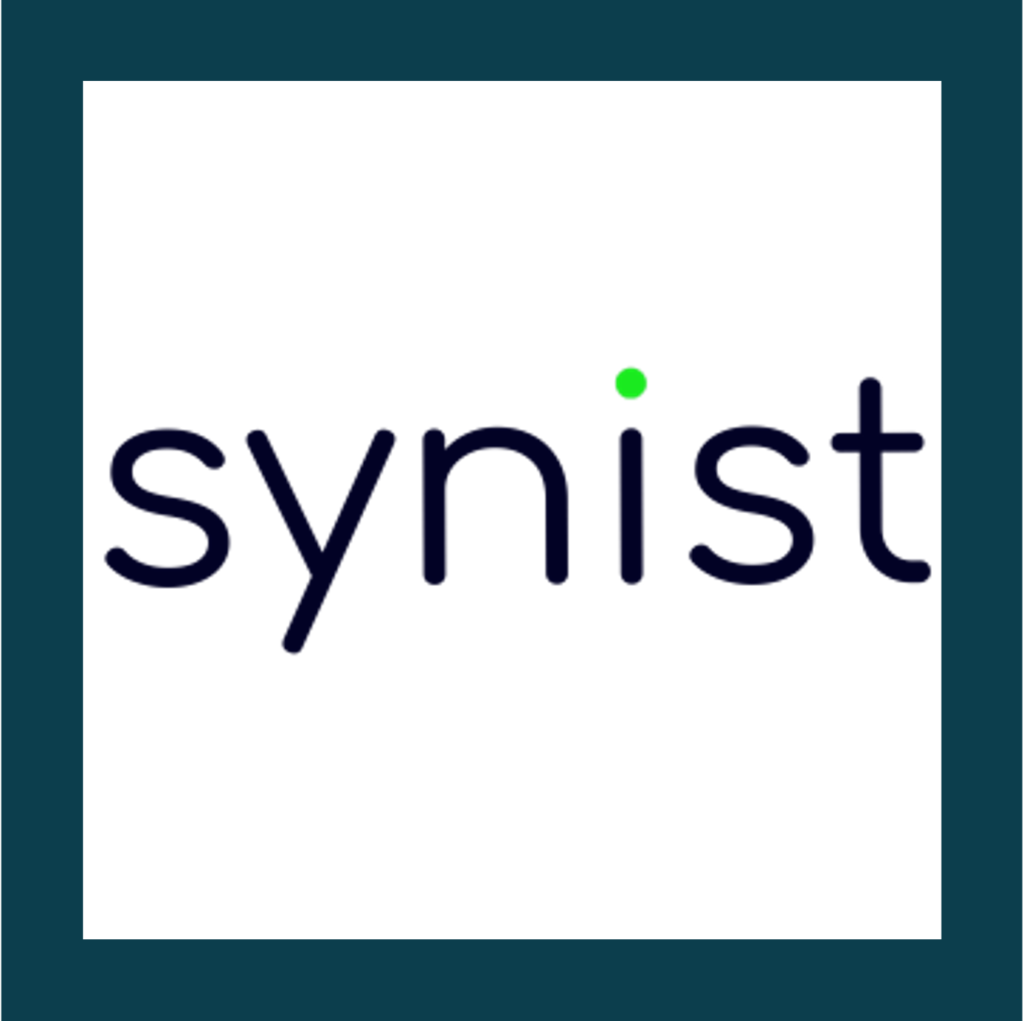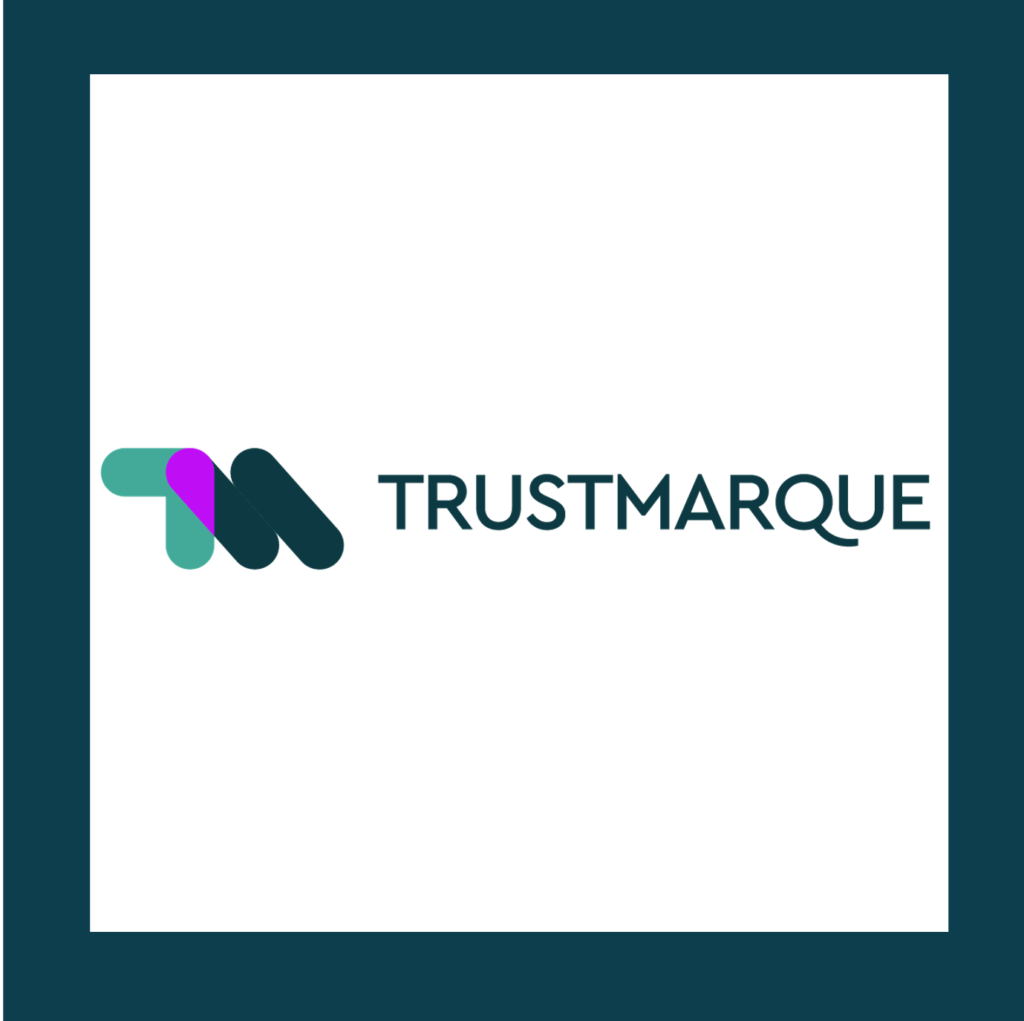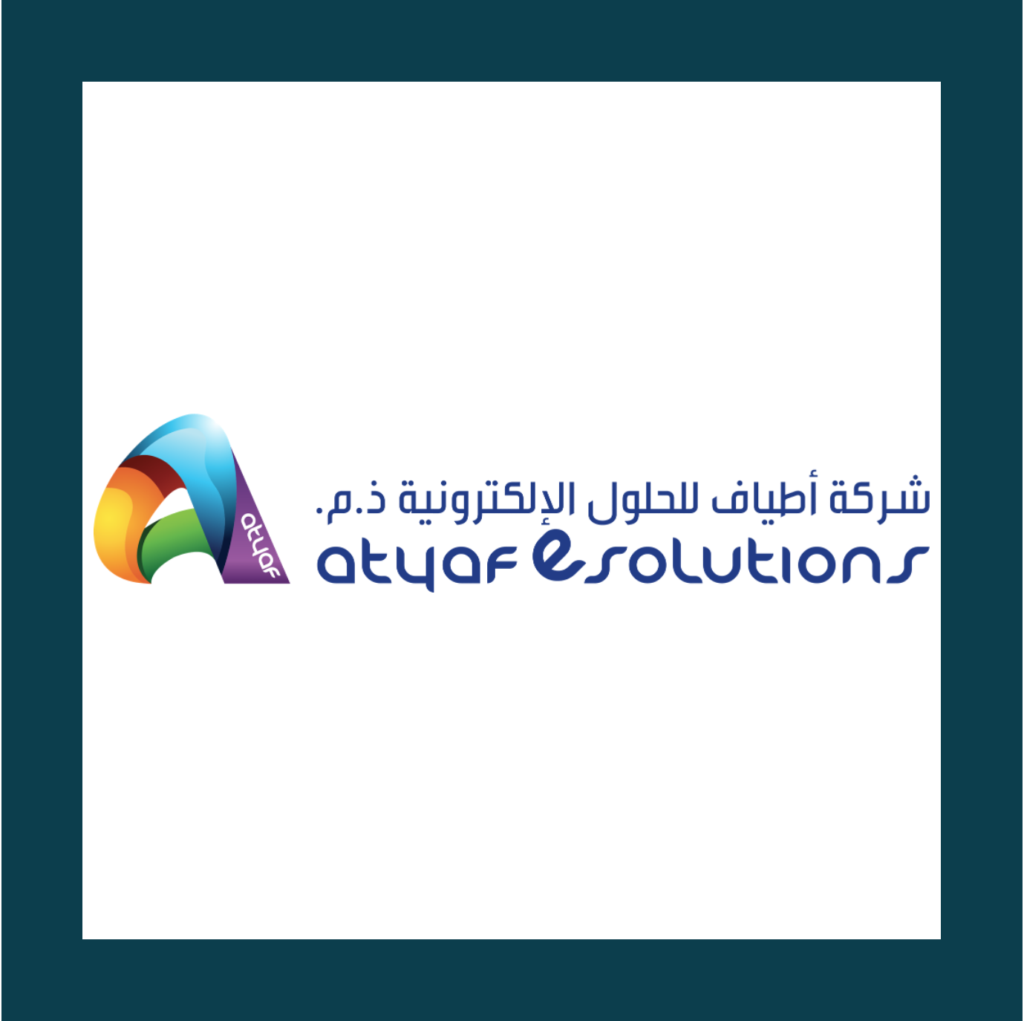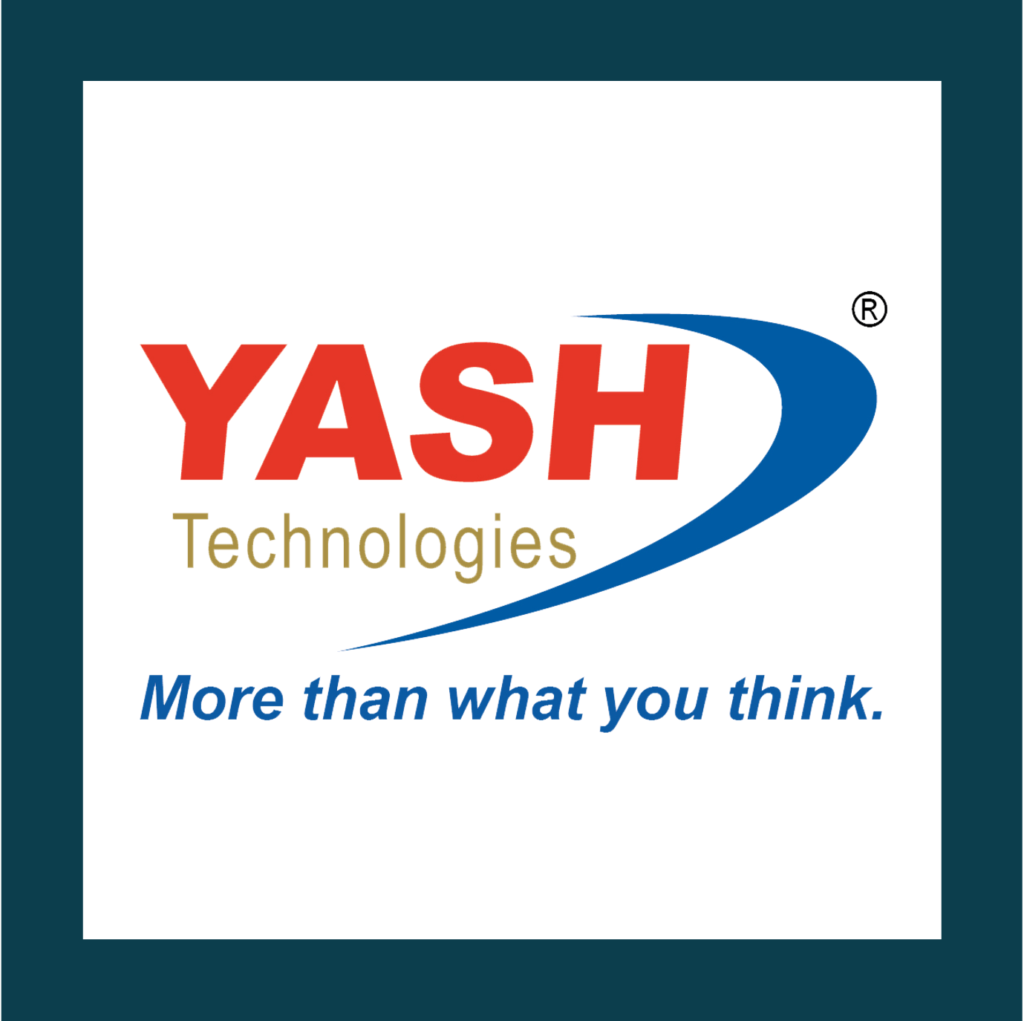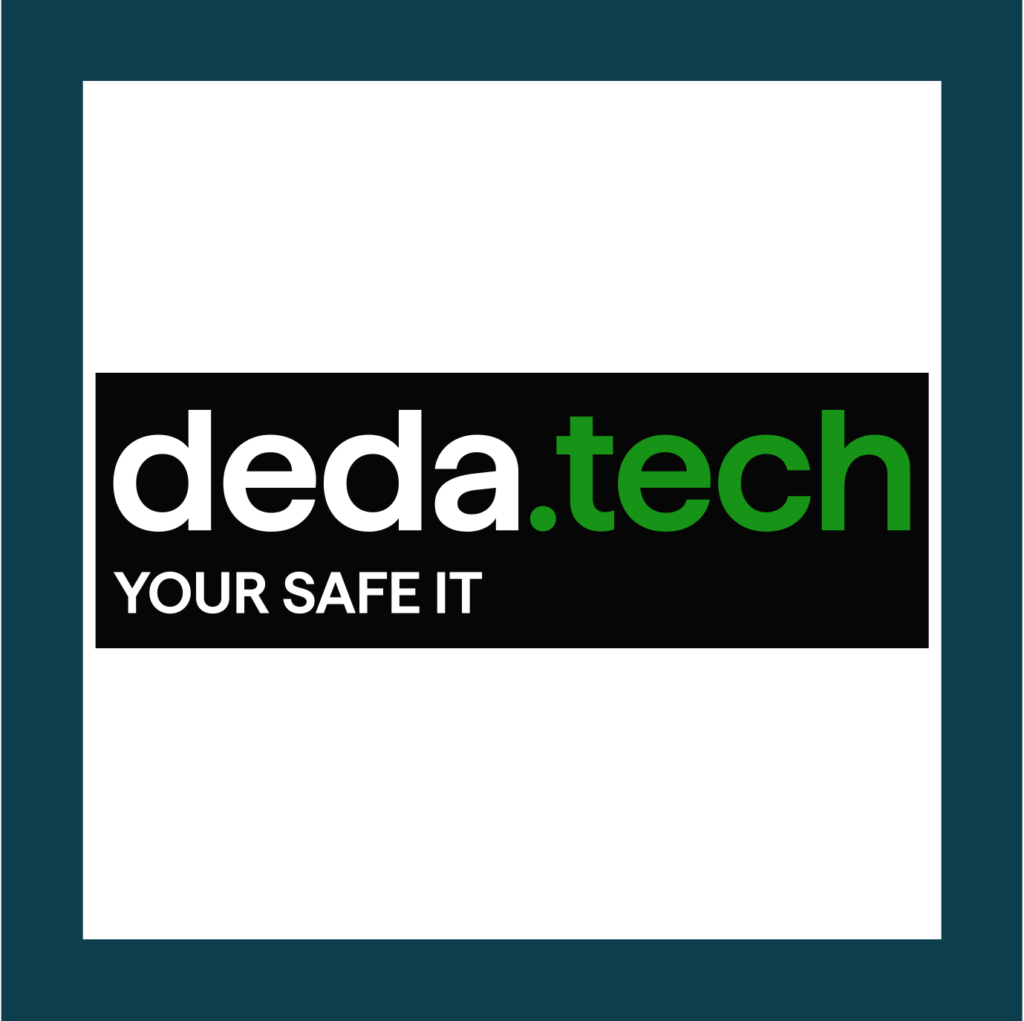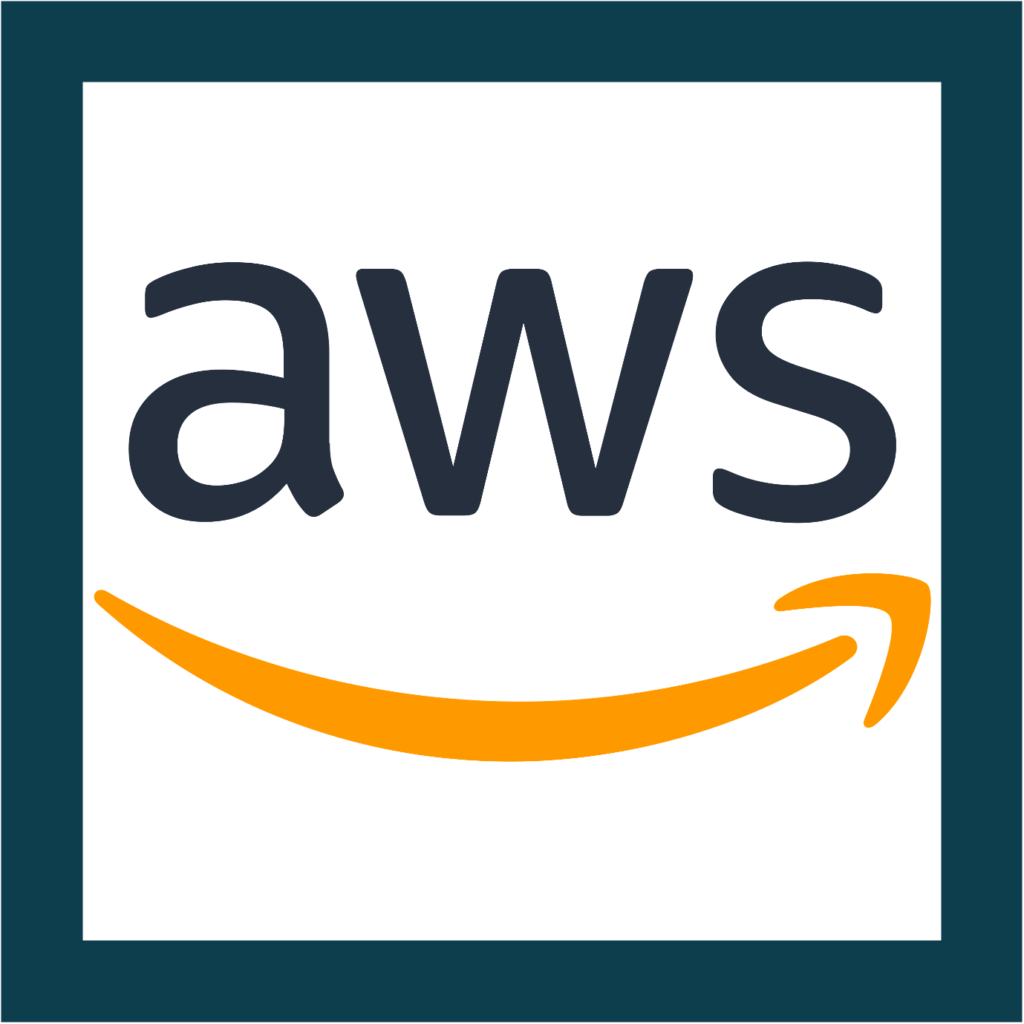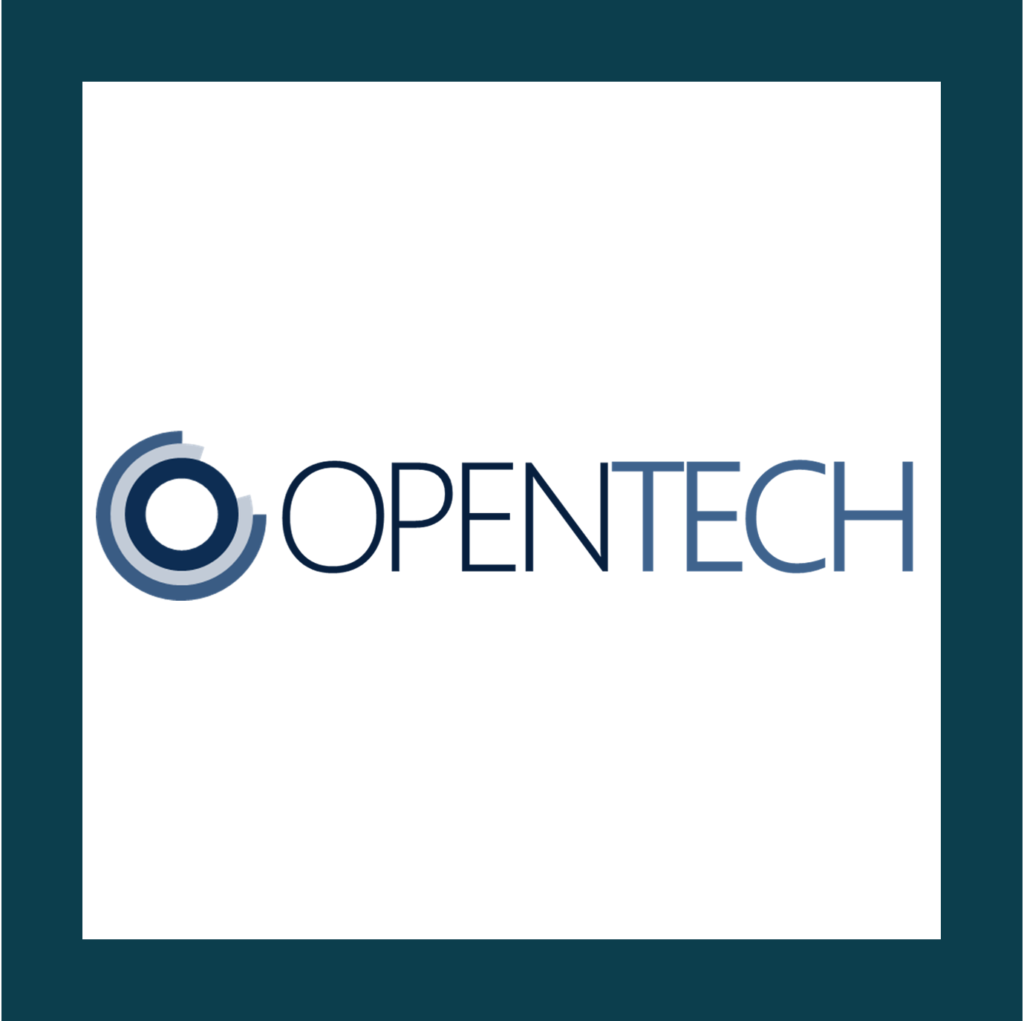What is SOX?
The Sarbanes-Oxley Act of 2002, is a U.S. federal law that was a response to several corporate financial scandals that occurred in the early 2000’s.
The primary objective of SOX is to ensure that investors and the public are protected by financial institutions having to ensure there is accuracy and reliability of any disclosures a corporation makes. SOX insists on stringent financial reporting and disclosure requirements for publicly traded companies and imposes severe penalties for non-compliance.
Is SOX relevant to UK enterprises? If so, why?
SOX compliance is not mandatory for those of us in the UK or working in non-US companies, however, there can be indirect implications if, as a UK company, you have any business operations or subsidiaries in the US or if your company is listed on the UK stock market. If this is the case, then you will almost certainly have to comply with SOX.
Also, if you conduct business in the US, it is imperative that you adhere to SOX as it is a US law that extends to foreign companies; if your organisation has significant operations in the US you may need to implement internal controls, undergo external audits and meet other compliance requirements outlined in SOX.
Breaking SOX down – what are the compliance requirements?
SOX stipulates that there is clear accountability within an organisation with regards to any financial transactions for the protection of any investors. So it clearly outlines what must be adhered to by law and is broken down as such:
Corporate Governance: independent audit committees composed of board members with no financial ties to the company is a key SOX requirement. This means there is clarity and transparency of all corporate governance.
Financial Disclosures and Internal Controls: Accurate and timely financial statements must be provided by all public companies. Additionally, they are required to establish and maintain internal controls and procedures for financial reporting to ensure the accuracy of their financial statements.
CEO and CFO Certification: The CEO and CFO of a public company must personally certify the accuracy of their company’s financial statements and disclosure controls and procedures.
Auditor Independence: The act restricts the types of non-audit services that auditors can provide to their clients to ensure their independence.
Whistleblower Protection: SOX includes provisions to protect whistleblowers who report corporate fraud or other violations of securities laws.
Criminal and Civil Penalties: SOX imposes severe penalties, including fines and imprisonment, for executives who engage in fraud or fail to comply with the law.
SOX compliance is particularly important for publicly traded companies listed on U.S. stock exchanges. It enhances transparency, accountability, and the integrity of financial reporting, ultimately aiming to restore investor confidence in the wake of corporate scandals. Companies subject to SOX must undergo regular audits and their financial and internal control systems are scrutinised to ensure compliance with the law.
What are the challenges that businesses face with SOX compliance?
Compliance efforts often involve significant resources, both in terms of time and costs, but they contribute to a more robust and trustworthy financial reporting environment.
Most organisations would be told that with robust planning and implementation of robust controls engaging the entire business into a culture of compliance would result in successful implementation of SOX. However, that is easier said than done and many can be faced with insurmountable challenges when needing to comply with SOX or be fined.
Common challenges involve:
The complexity & ambiguity: SOX is complex. It is as simple as that, and its requirements can be interpreted in so many ways which can in turn lead to confusion about what controls are appropriate and what documentation is needed for compliance.
The Cost: SOX is expensive, particularly for SME’s, however most transitions can struggle to allocate the correct resource for internal controls, documentation and any subsequent audits.
The resource: What is the exact resource for SOX? This is a challenging question and businesses need to balance the cost and benefits of compliance whilst also diminishing any impact on their operational efficiency.
Continuous Monitoring: Monitoring consistently and continuously is a real challenge for SOX compliant businesses. Ongoing monitoring to ensure the effectiveness of controls and that organisations are accurately identifying any deficiencies promptly and addressing them can only be achieved if continuous monitoring can be implemented.
Data is King: SOX requires that a critical comportment of compliance is ensuring the security of data and IT systems is at the forefront of all organisations. Protection of sensitive financial data is imperative, however, maintaining IT controls that are robust is no easy task!
Documentation: Thorough documentation of financial controls and processes are also a core requirement. Failure to keep up to date records will result in severe compliance issues, however this is exceedingly time consuming.
Change & Vendor management: Two very large areas of concern in SOX compliance centre on managing change within an organisation and managing vendors. These are exceedingly complex areas to navigate for SOX as internally businesses need to manage change in processes and systems, impacting internal controls, and then add to that they also have to manage the compliance of their vendors! This is a huge area of concern for a business attempting to remain compliant with SOX. Unintentional non-compliance can so easily happen either within the organisation for lack of awareness/training or proper implementation, as well as attempting to manage 3rd party vendors.
SOX can change: Any regulatory landscape is subject to change so staying on top of SOX requirements, or in fact any other regulatory compliance, is exhausting!
How does the implementation of Continuous Controls Monitoring contribute to assisting businesses in achieving SOX compliance?
SOX compliance can be aligned to Continuous Controls Monitoring to support continuous adherence to the law.
Directly relating it back to the SOX requirement, CCM can ensure consistency, clarity and continuous improvement with SOX compliance.
| SOX Regulation | Continuous Controls Monitoring |
| Securely protect data: protect manage and store financial data securely | Our Continuous Controls Monitoring Platform connects to any data within an organisation meaning that there is holistic visibility to all data providing management and auditors with a comprehensive and real-time view of the effectiveness of internal controls. This enhanced visibility enables proactive management of risks and facilitates timely reporting to stakeholders. |
| Enhance reporting processes: Section 494 of SOX requires businesses to provide annual disclosures and quarterly updates to shareholders and to the Securities & Exchange Commission (SEC) | Receive robust documentation capabilities with CCM, customised to the view your organisation needs to see. This documentation is valuable during internal and external audits, demonstrating that controls are consistently in place and effective. |
| Protect from disaster: Electronically protect files from unauthorised access but also from loss, theft & natural disasters. | Our CCM Platform can continuously analyse financial data and transactional activities. Any unusual patterns or anomalies can be detected promptly, allowing organisations to investigate and address potential issues before they escalate. |
| Maintain Audit trails: Track user activity & demonstrate the accuracy & effectiveness of processes | CCM generates detailed audit trails, documenting changes, user activities and system events. This audit trail can serve as evidence of compliance and support the auditing process by providing a transparent record of control activities. |
| Control over financial anomalies: tight control over financial activities or subject to a 5 million dollars fine or prison for 20 years | Real time monitoring of key controls enabling quick identification and remediation of control failures or issues, reducing the likelihood of financial misstatements or fraudulent activities going unnoticed.
Our platform also automates the testing of controls, reducing the reliance on manual testing processes. Automated testing is more efficient and accurate, minimising the risk of human error in the evaluation of control effectiveness. |
| Improve Data Accuracy: Eliminate manual processes | Our platform ensures the integrity of financial data by validating and reconciling information automatically. This helps in maintaining accurate financial records and reducing the risk of errors or manipulation. |
Ultimately, by implementing Continuous Controls Monitoring and aligning the platform to SOX, your organisation is able to manage risk better. Organisations can identify and address risks in a proactive manner, helping prevent financial misstatements, fraud, or other compliance issues, ultimately contributing to better risk management. Also, the platform is scalable and can adapt to the changing business environment. As organisations grow or undergo changes, CCM can be adjusted to accommodate new processes and controls, ensuring ongoing compliance.
Need help with SOX compliance? Take a look at our Continuous Controls Monitoring Platform here.

